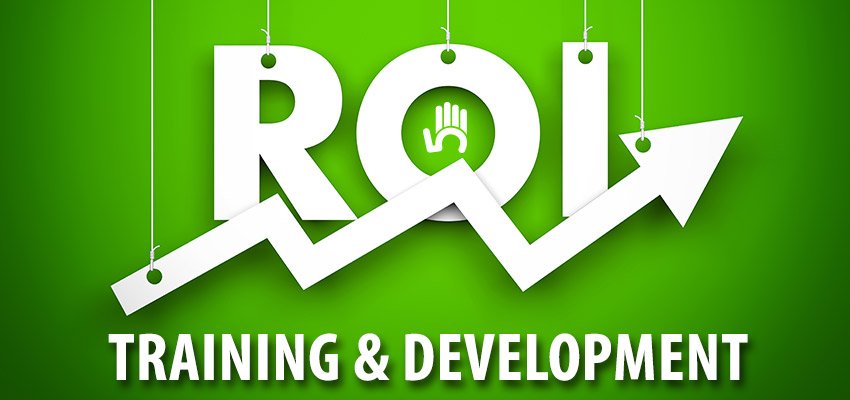Course Overview
The Mastering Python for Analytics course is designed to equip learners with the essential Python programming skills needed to perform data analysis. This comprehensive Python analytics course begins with the basics in Module 1, where students learn to execute Python code, understand the syntax, and write simple scripts. As they progress through subsequent modules, they delve into more complex topics such as functions, math operations, string manipulation, and data structures like dictionaries and sets. Emphasizing practical applications in analytics, the course covers flow control for logical operations, and object-oriented programming to structure code effectively, and introduces essential libraries like NumPy, Pandas, Seaborn, and Matplotlib. These libraries are pivotal for data analysis, allowing students to handle large datasets, perform statistical analyses, and create compelling visualizations. By the end of this Python for Analytics course, learners will have a solid foundation in Python programming and the skills to analyze and visualize data proficiently.
Learning Objectives and Outcomes
- Understand the fundamentals of Python scripting, including variables, functions, modules, and how to write Python code effectively.
- Learn to manipulate data using Python’s built-in capabilities for numerical computations, string operations, and data structures such as lists, dictionaries, and sets.
- Develop proficiency in controlling program flow with conditional statements, loops, and exception handling to execute complex tasks.
- Gain the ability to define and use classes and objects, understanding concepts like inheritance, encapsulation, and polymorphism in Python.
- Master the use of NumPy for efficient array manipulation, scientific computing, and performing advanced data analysis tasks.
- Explore Pandas for data analysis, including data manipulation, cleaning, exploration, and visualization with Series and DataFrames.
- Utilize Seaborn and Matplotlib for data visualization, learn to create a variety of plot types, and customize graphical representations for better data insights.
- Grasp statistical data analysis and visualization techniques to interpret data and make informed decisions backed by Python’s analytical capabilities.
- Learn to import, export, and manipulate data, and apply advanced indexing and array operations to prepare data for analysis.
Course Prerequisites
To ensure that you can successfully undertake the Mastering Python for Analytics course, the following are the minimum required prerequisites:
- Basic understanding of programming concepts (such as variables, loops, and functions)
- Familiarity with any programming language (prior experience with Python is helpful but not mandatory)
- Basic knowledge of how to navigate and perform operations on a computer
- Willingness to learn and problem-solve
- Ability to install software and set up a development environment on your computer (guidance will be provided during the course)
Target Audiance
- Data Analysts
- Business Analysts
- Data Scientists
- Software Engineers interested in data science
- IT Professionals looking to transition into analytics roles
- Researchers requiring data analysis tools
- Marketing Analysts
- Financial Analysts



 4.7
4.7

